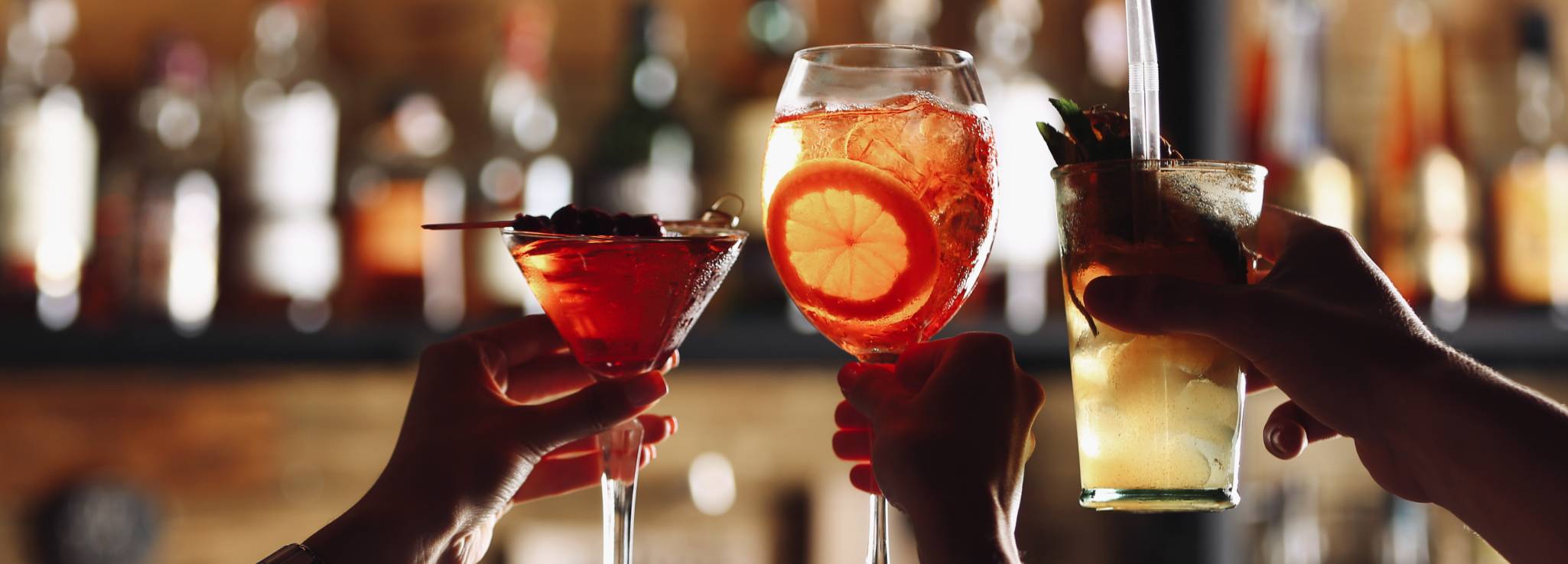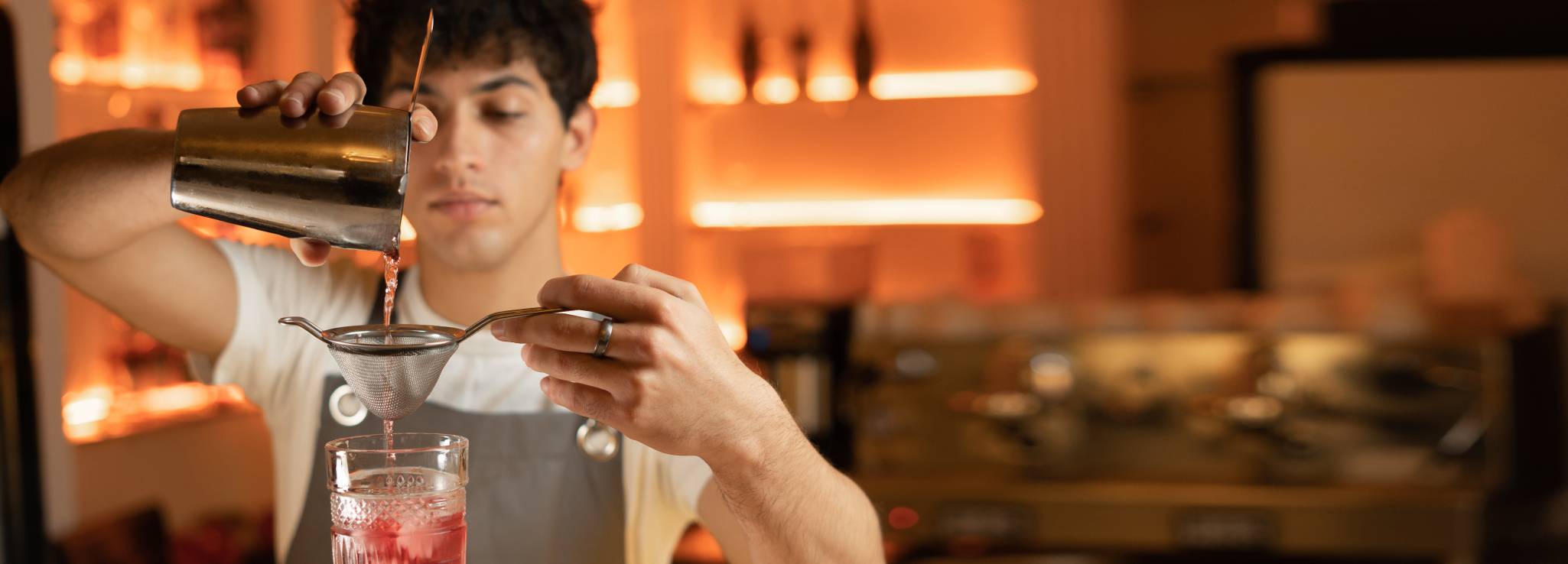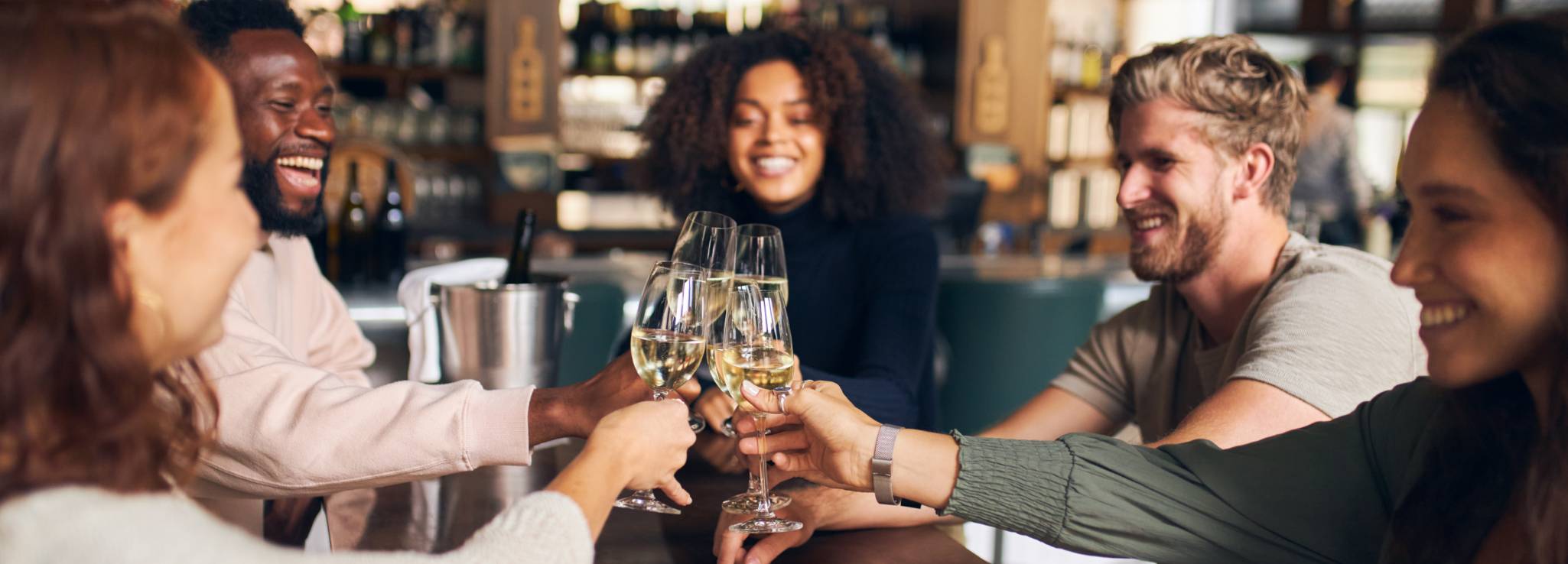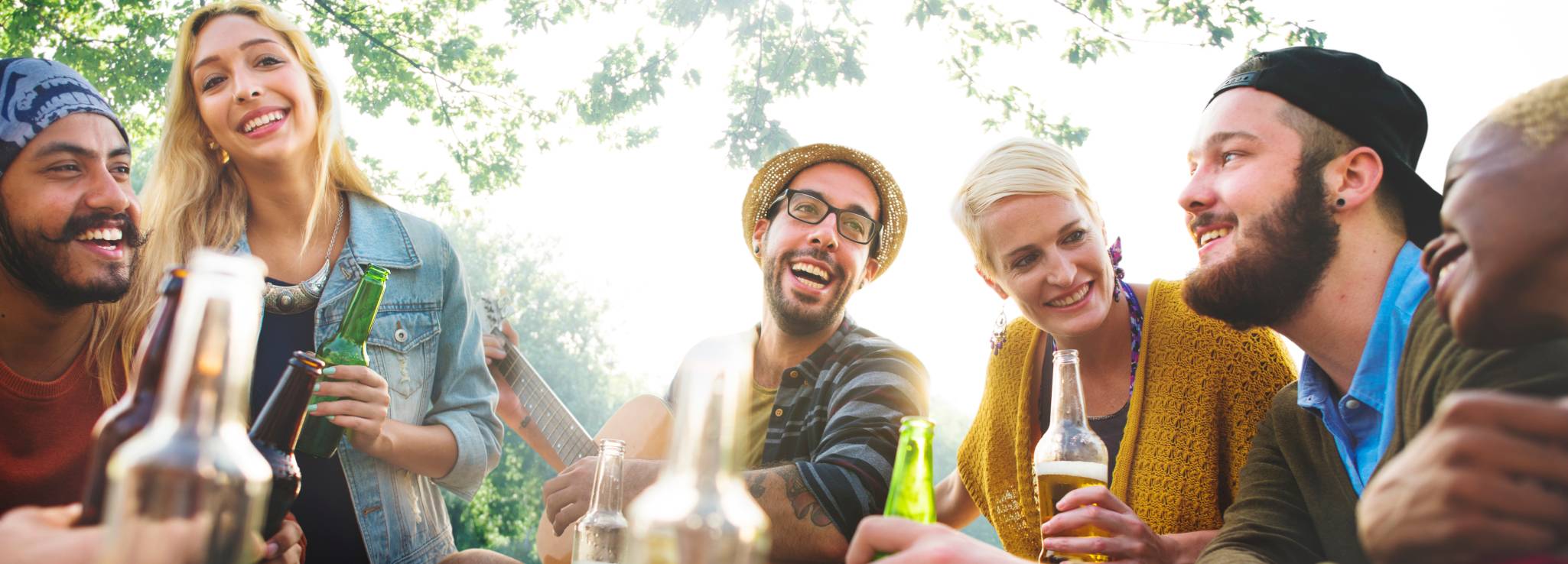For the alcoholic beverage industry, the “reset” narrative we spotlighted last year has hardened into something more structural in 2026: moderation is mainstreaming, habits are shifting, and value-seeking is now baked into behavior–all layered on top of ongoing policy shifts and tariffs. Even when consumers "treat themselves," they're doing it more selectively, choosing the right occasion, the right price point, and the right format.
But it's not all doom and gloom for industry marketers. People still want to gather, they're just drinking differently. That means brands still have room to grow, but they have to earn it harder. In this “subdued but opportunity-rich” reality, winning brands are selling meaning: occasions, identity and cultural membership. To help navigate these shifting cultural forces, we’ve put together a primer on the key trends reshaping alcohol demand across the U.S. and Europe, along with the marketing playbooks proving effective right now.









